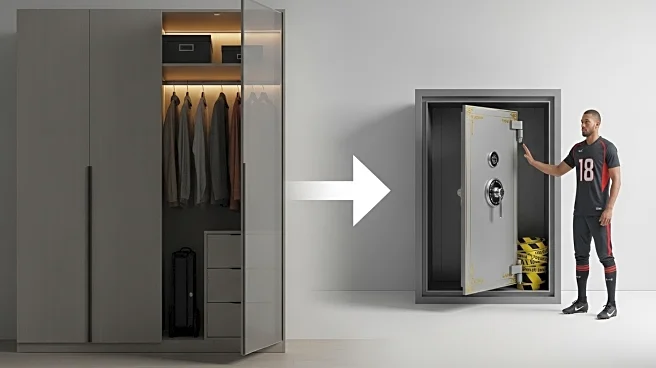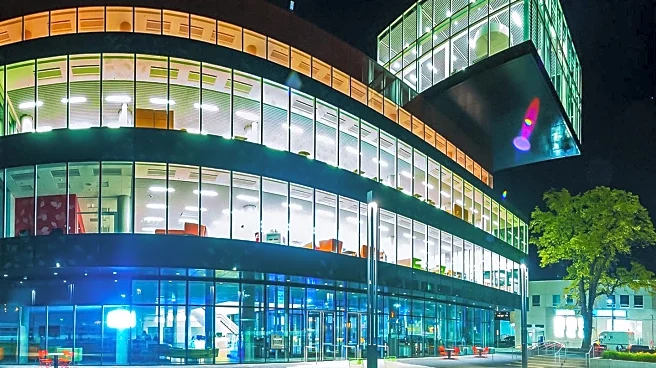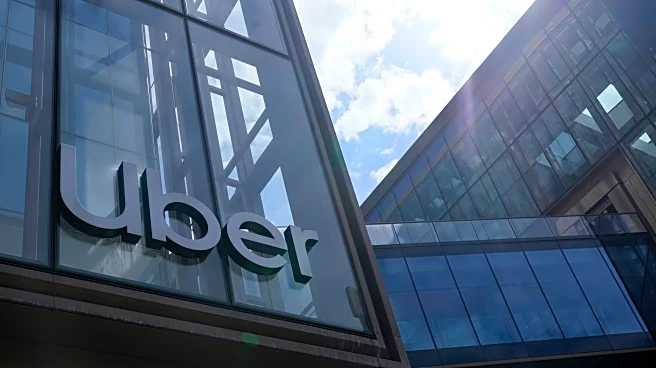What is the story about?
What's Happening?
Nimrod Shani, a graduate of the Holon Institute of Technology, has designed a closet that can transform into a safe room in response to security threats. This innovative design, called 'Shelter 1', functions as a regular wardrobe but can quickly convert into a fortified shelter capable of protecting against missile threats. The project was inspired by the sense of vulnerability experienced after the events of October 7, aiming to provide an accessible and affordable solution for home protection. The closet is made of durable polycarbonate and includes features such as partial transparency, a ventilation system, and automatic lighting, ensuring both physical and psychological safety.
Why It's Important?
This development addresses the significant need for protective infrastructure in Israel, where 6.2 million citizens lack proper shelter against missile threats. The closet offers a cost-effective alternative to building reinforced security rooms, which are considerably more expensive. By integrating safety features into everyday furniture, Shani's design could revolutionize home protection, making it more accessible to those without significant financial means. The project highlights the potential for innovative design to enhance security and peace of mind in regions facing ongoing threats.
What's Next?
The materials used in the closet have been approved by the Standards Institute of Israel, and Shani is preparing for comprehensive testing at the Explosives Institute. These trials will evaluate the system's components, and upon successful completion, the product is expected to move into commercial development. The goal is to make the closet widely available, similar to portable shelters, allowing individuals to purchase it privately. This could lead to increased safety for citizens in Israel and potentially other countries facing similar security challenges.
Beyond the Headlines
The project underscores the role of design in addressing societal issues, particularly in areas with heightened security concerns. It reflects a broader trend of integrating safety features into everyday objects, potentially influencing future design approaches in other sectors. The psychological reassurance provided by such innovations could also contribute to a greater sense of security and normalcy in daily life, despite external threats.
AI Generated Content
Do you find this article useful?















